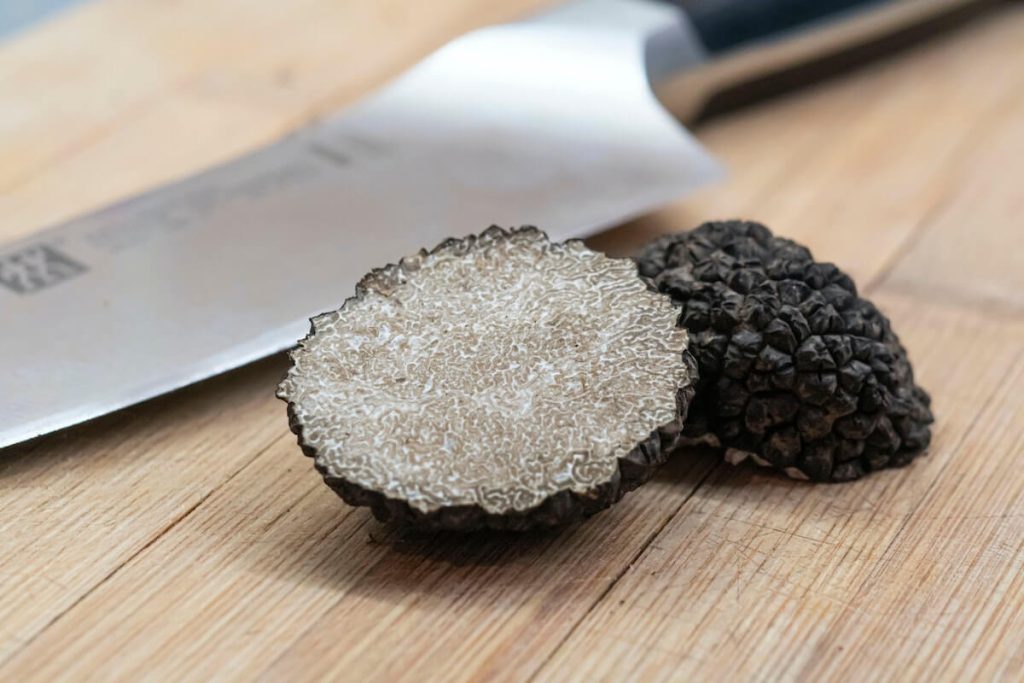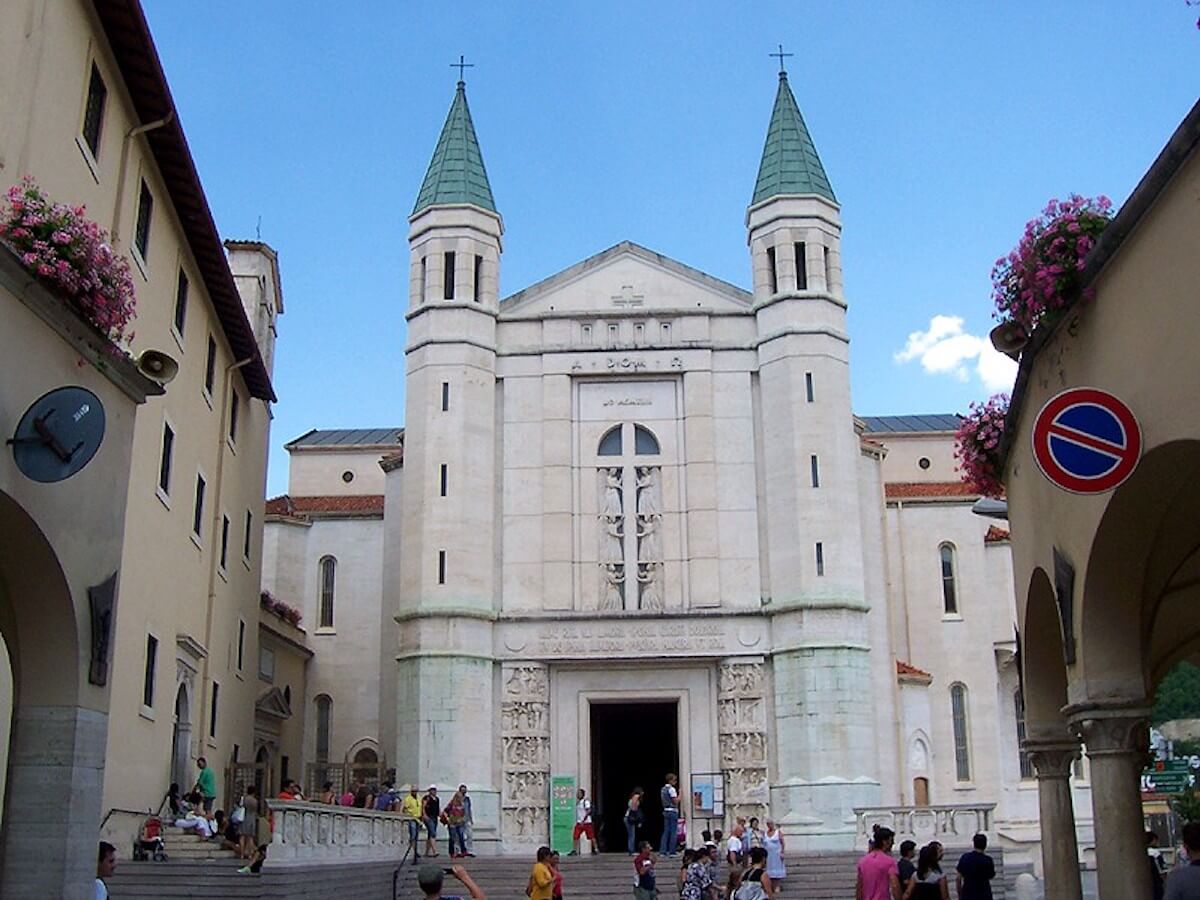Cascia is a municipality of approx 3.000 inhabitants in the province of Perugia and it is part of Mountain community of Valnerina. His fame is mainly linked to Saint Rita of Cascia, one of the most venerated saints of the Catholic religion, which brings thousands of faithful on pilgrimage to the city, to visit the places where the saint was born and lived. Like many other Umbrian municipalities, Cascia is also from medieval origin and this is immediately evident from the structure of the streets and buildings, especially the religious ones. Despite being a small village, the presence of the Sanctuary of Santa Rita has made Cascia a very popular city all year round and famous globally.
History of Cascia
The current territory of Cascia has been inhabited sincepre-Roman era, but the municipality was founded only in Twelfth century. Initially under the rule of the Trinci family, was later conquered by Frederick II of Swabia. Precisely in this period, the city was disputed by its neighbors Spoleto, Lioness e Norcia, but always remained independent. In the first half of the sixteenth century it was part of the Pontifical State, for "only" thirty years, then becoming autonomous again. At the end of the century, in 1596, Pope Clement VIII elevated it to the rank of city. During the Napoleonic occupation in Italy, Cascia was separated from the municipality of Poggiodomo, previously annexed to the territory. Finally, in 1860, the city became part of the Kingdom of Sardinia (that is to say Kingdom of Italy since 1861).
Life of Saint Rita of Cascia
The best known (and venerated) town of Cascia is certainly Santa Rita. Margaret Lotti was born in 1371 (for some 1381) to Roccaporena, a fraction of the city, from a wealthy family. Legend has it that when it came to light, some white bees appeared near his cradle. Young Rita did not immediately embrace the monastic life, but she fell in love with her and soon married Paolo by Ferdinando di Mancino, a young Ghibelline officer. After the wedding, he laid down his arms and moved with his family "to the"Windmill”(A mill owned by him), to undertake a more peaceful life. The two had two children, Giangiacomo e Paul Mary (possibly twins). A few years later, her husband was murdered on his way home. Despite the serious bereavement, Rita forgave the killers and prevented the two sons from harboring revenge for the death of their father.

After her husband, Rita also lost her two children to plague (or other similar diseases). Only once, at 36, was she welcomed to the Monastery of Santa Maria Maddalena, where she became an Augustinian nun and lived for forty years. On the evening of Good Friday 1432 (or 1442) the saint received a particular "stigmata". A thorn of the crown of the crucified Christ it stuck to her forehead. This wound of her remained with her throughout her life, healing only (temporarily) for her pilgrimage to Roma, on the occasion of the canonization of the Augustinian friar Nicholas of Tolentino. In 1457, sick for some time, Rita died in his bed. Also according to legend, at the time of his death some appeared black bees. For this reason Santa Rita is the protector of bees. The first took place shortly after her death Miracles related to Santa Rita, like that of a blind man who got his sight.
What to see in Cascia
Visiting Cascia means above all, visiting the places linked to the cult of Santa Rita, first of all the Sanctuary. This includes the Main basilica, Lower Basilica (originally crypt), the Monastery where the saint lived, and the Hall of Peace, used only on days of greatest crowding of the faithful. In addition to the Sanctuary, there are still other important religious buildings, such as the church of Santa Maria della Visitazione. It is the oldest church in the city, which preserves a wooden crucifix from 1400. Particular, for their Gothic style, are also the Church of St. Francis , church of Sant'Agostino. As for the non-religious buildings, the Civic museum of Cascia a Santi Palace,former church of Sant'Antonio Abate (now museum) and the ancient Roman temple of Villa San Silvestro.
What to eat
Among the typical dishes of the city of Santa Rita the strascinati of Cascia. It is a type of egg pasta usually prepared with sausage or bacon sauce. There is no shortage of dishes a truffle base (like bruschetta or lamb) or saffron, very present in the area and appreciated for their quality. Also try the legume soups, such as with the roveja of Civita di Cascia (a type of wild pea, often dried). Finally, you can try the cake to the text (similar to piadina), but also the great variety of cold cuts e cheese of the Umbrian tradition.

Cascia, like many other medieval towns in Umbria, is certainly worth a visit. Going to Cascia also means immersing yourself in the beauties and flavors of Umbria, especially if you decide to take a trip out of town. In addition to the city of Santa Rita, in fact, it is also worth visiting the nearby ones Norcia, Terni o Spoleto. One cannot be disappointed.
Featured photo source: © Geobia - Wikimedia Commons (CC BY-SA 3.0).





